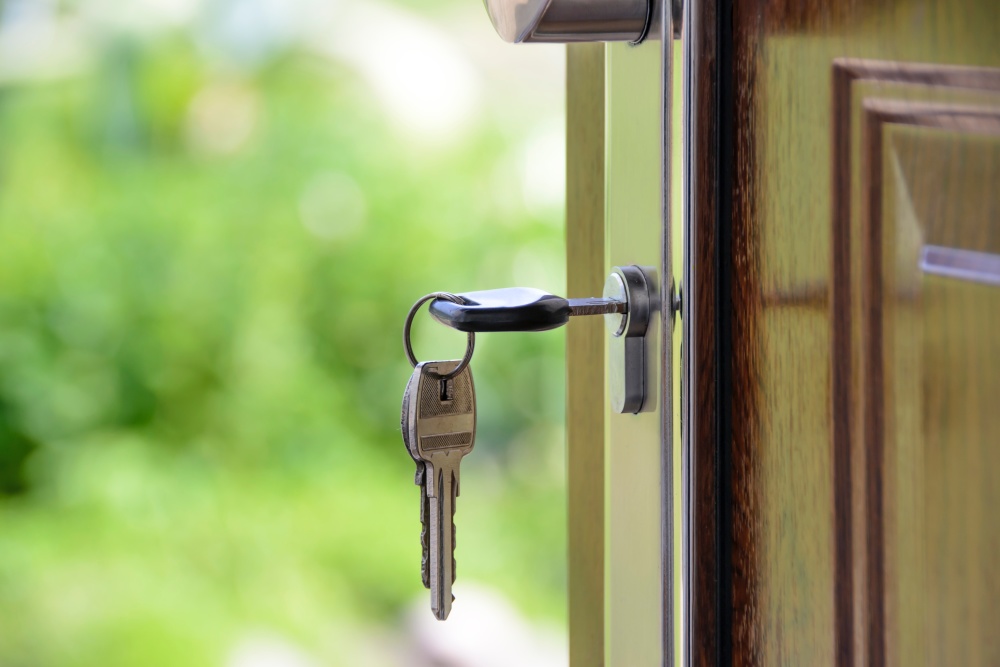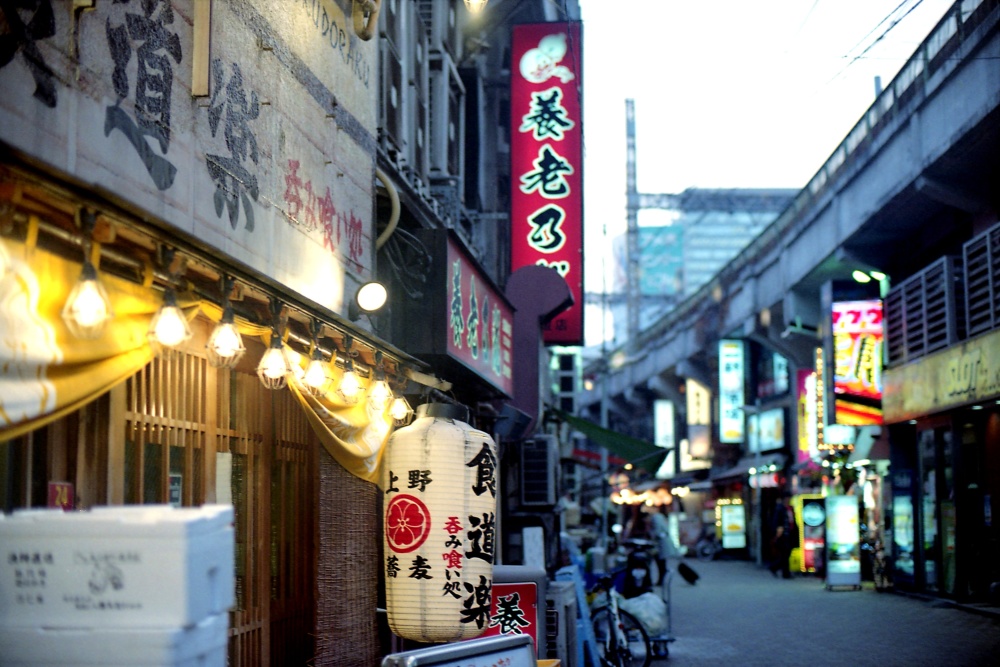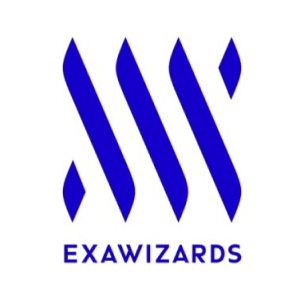Updated July 10, 2025
Average Rent in Tokyo: How Much Is It Really?
Finding a place to live can be a challenge, no matter which big city you go to. The location, the number of rooms, and the square footage are all important factors you have to consider, not to mention the size of your budget.
Today, we’ll learn about the cost of renting a place in Tokyo. I’ll cover the most affordable areas to live in, and how you can make living outside the city center work for you. I’ll also explain how to understand rent listings, which can be confusing. Let’s go!
In this article: 📝
Is it Expensive to Live in Tokyo?
Tokyo is a large, crowded city with lots of opportunities. That’s why it tends to be compared to other big metropolitans like New York or Paris. It’s an enormous, global city. That means rents can get quite high.
In fact, Tokyo has been a staple on every “world’s most expensive cities to live in” list made in the last decade. In 2022, Forbes Magazine placed Tokyo in the number 9 spot on their list of “global cities with the highest cost of living.”
But don’t let this scare you if you’re set on moving there. There are ways to cut your expenses and live in the city without destroying your budget. I explained this in more detail in my blog post about the real cost of living in Japan.
Tokyo is one of the world’s largest metropolitan areas with over 20 districts, or “wards”, as they call them. Some of these wards are more affordable than others, and there are also outer wards where the cost of living is even cheaper.
So, what’s the typical rent price in Tokyo, then?
How Much is the Average Rent in Tokyo?

The answer to this question varies depending on the ward you choose, but other factors affect the rent prices too. For example, if you pick a location close to public transportation, the rent will be high — even if it’s in a cheaper ward.
And when I say “Tokyo”, I mean the 23 wards within the city, of course. As I said, there are also the outer wards that aren’t technically Tokyo. The outer areas like Saitama and Kanagawa are a lot cheaper, so many people opt to live here instead and commute to the city if necessary.
There’s also a clear distinction among these inner wards, as the innermost six wards (Shinjuku, Shibuya, Chou, Chiyoda, Bunkyo, and Minato) have a much higher average than the rest of the central 23.
Generally speaking, the average inside the 23 wards is between ¥60,000 a monthto ¥150,000 a monthfor one person (a studio apartment).
In the outer wards, the average drops to ¥40,000 a month. While this number may seem very low, it may be a challenge to find a place this affordable. You’ll find that some places can go for as high as ¥110,000 a month.
What Factors Have an Impact on Rent in Tokyo?
As I explained, the wards affect your potential rent significantly.
The wards closest to the city center, Chiyoda, Minato, and Chuo, are the most expensive ones. The prices drop as you make your way to the northernmost part of the city, where wards like Nerima, Arakawa, and Itabashi are located.
Here are some other important factors that can affect your rent.
What floor is the apartment on, and whether it has an elevator,
The usable space and the number of rooms available,
The direction the apartment faces (hint: North-facing is cheaper),
The material used in the construction of the building,
Whether the apartment is in the corner or the middle (corner units cost more),
Age of the building,
Extras such as built-in AC, parking garage, storage space, and balcony.
Quick Guide: How To Read A Real Estate Listing in Japan
If you’re house-hunting in Japan, you’ve probably already seen the strange string of letters and numbers that seem to describe the apartment’s size and the number of rooms. It’s a bit weird, but it makes sense once you learn to read it.
“R” refers to room. A 1R apartment means that it’s a single-room place, which is often described as a studio. If a listing says 1K instead, the studio apartment has a separate kitchen.
Add a “D” for “dining,” and you have a 1DK, a one-room apartment with a dining and kitchen area in addition to a room.
If there is an “L,” it means a living room. A 1LDK apartment has a kitchen and dining space, a living room, and a bedroom. You can increase the number to add more bedrooms to the apartment, like 2LDK or 3LDK.
Sometimes, you might also come across an “S” in a listing, which stands for “storage room” or “free space” and is added to the end of a string, like 1LDKS.
I also wrote a blog post specifically for finding apartments in Japan for foreigners. There are some great tips to guide you through the house hunting process in Japan, so you may want to check it out.
The Cheapest and the Most Expensive Areas in Tokyo

Of course, it’s also possible that affordability is not a priority for you. If you want to live in the heart of the city and be close to the best places the city has to offer, you’ll definitely want to live in Minato ward.
Minato has a mix of businesses and high-priced housing. You can find everything you need there. The average rent for a 1R (studio apartment) in this area is around ¥147,000. If you want a 1LDK, you’ll have to splurge even more as the average goes up to a whopping ¥250,000.
The other two high-cost runner-ups are Chiyoda and Chuo. 1R rent prices are around ¥150,000 here, with a 1LDK usually going for about ¥210,000 - 216,000.
I talked about the best neighborhoods to live in Tokyo in more detail in another blog post. You can check that to learn more about the best locations to look for apartments in the city.
As for the most affordable ones to live in, nothing can beat the outer districts of Tokyo, but I’ll get to that in a bit. If you’re looking for a place inside the central 23 wards, the cheapest ones to live in are Katsushika, Nerima, Adachi, and Edogawa.
These wards not only have lower rent prices on average, but the general living costs are also lower than in the central areas I mentioned. For example, you can find a 1R in Katsushika for about ¥69,000. and a 1LDK for about ¥110,000.
Although they can’t compete with the Katsushika prices, the average rent for the Nerima, Adachi, and Edogawa wards ranges between ¥66,000 and ¥77,000. A 1LDK can go for about ¥124,000 to ¥130,000 in these wards.
Living Outside of Tokyo: Is It an Option?
As I mentioned a few times already, living outside of Tokyo is an option you can consider. Japan has a robust public transportation system, and trains are a big part of it. You’ll do most of your commuting via train, which isn’t affected by traffic and runs until 00:00.
The bordering prefectures of Kanagawa, Yokohama, and Saitama are perfect for finding affordable apartments. The cities near the Tokyo border usually take no more than an hour to commute.
Just make sure to find a place close to a train station (preferably one that’s large and has a few lines going through), and you won’t have much of a problem.
Closer cities like Wako City in the Saitama Prefecture take even less time to commute (about 40 minutes). Other affordable but easy-to-reach cities are Tachikawa City, Musashino City, and Machida City, which are nice, residential towns that offer relaxing vibes.
Of course, if you’re considering moving to Japan, you may want to consider other major cities. Osaka, for example, is a great option. I recently wrote a blog post comparing Osaka and Tokyo, and it might be useful in giving you some new ideas.
Hidden Costs and Additional Fees When Renting in Tokyo

Even if you find a good apartment with reasonable monthly rent, some hidden costs may still arise here and there. It’s best to be prepared for some of the expenses you’ll be making along the way when you’re renting an apartment in Tokyo.
A few standard initial expenses will be added to your rental agreement when you sign a contract in Japan. Let’s start with the one that you might not be familiar with.
Key Money
This is a pretty common initial cost in Japan as it’s a tradition. Key money, or reikin (礼金), is a one-time fee you pay your landlord. The amount is usually one or two months’ rent, and it’s non-refundable, unlike a deposit.
Don’t confuse it with deposit though, you’ll still have to pay a deposit. Key money is its own thing. It started during the housing shortage in the post-war era, and it’s how potential tenants convinced landlords and got ahead of everyone else.
It’s quite common, but you can still find apartments where key money is not a requirement. Just make sure to filter out the key money requirement when looking up apartment listings.
Renewal Fee
This isn’t something you have to pay upfront, but it’s still an important thing to consider before you sign your contract, as it can be avoidable.
When you sign a rental agreement in Japan, it’ll most likely be a two-year contract. At the end of the lease term, you’ll still have the option to renew your lease, but you’ll have to pay a renewal fee.
While the renewal fee is not an obligation set by law, it’s very common, and most landlords include this in the contract. If you’re sure you’ll settle down for a while, try to talk to your potential landlord before signing the contract.
If you can convince the landlord that you’ll most likely renew your lease at the end of the term, they may just agree to take the renewal fee off the contract.
If you decide to sign a contract with a renewal fee, make sure it’s no more than a month’s rent. This is the usual amount people pay, so there’s a chance that you can negotiate it down to one month’s rent if it’s higher than that.
Deposit
I’m sure you’re already familiar with deposits, as it’s a pretty common concept, but a deposit is an amount you pay upfront to sign a lease agreement. The deposit money protects the landlord against any damage that can occur in the apartment during the rental term.
Don’t forget, however, that you, as the tenant, don’t have the right to change the colors of the walls or drill holes in the walls. If you do so without the landlord's permission, you may lose your deposit at the end of your rental term.
You can avoid such unpleasant surprises by speaking to your landlord before you change anything in the apartment, even if it needs fixing.
A Final Word on Rental Agreements in Japan
As a final word on today’s post, I’d like to briefly mention the provisions regarding the termination of a rental contract in Japanese Law. Learning about these will help you avoid being fined or paying damages as you move houses.
What you need to know is that if there are no indications in the agreement, the landlord must give you at least 6 months of notice before terminating the agreement. There must be a good reason, too, as they can’t just evict you out of spite, and you must also agree to move out.
However, the same doesn't apply to you, as you only need to notify one month in advance. In some cases, this may be a two-month term, but it has to be written in the agreement, which you can negotiate before signing.
Finally, don’t worry. As a tenant, your rights are protected by law. Don’t forget that your landlord’s notice is invalid if you don’t agree to move out and that you can’t be evicted unless there’s a court order, which takes a lot of time and effort to obtain.
Get Job Alerts
Sign up for our newsletter to get hand-picked tech jobs in Japan – straight to your inbox.




